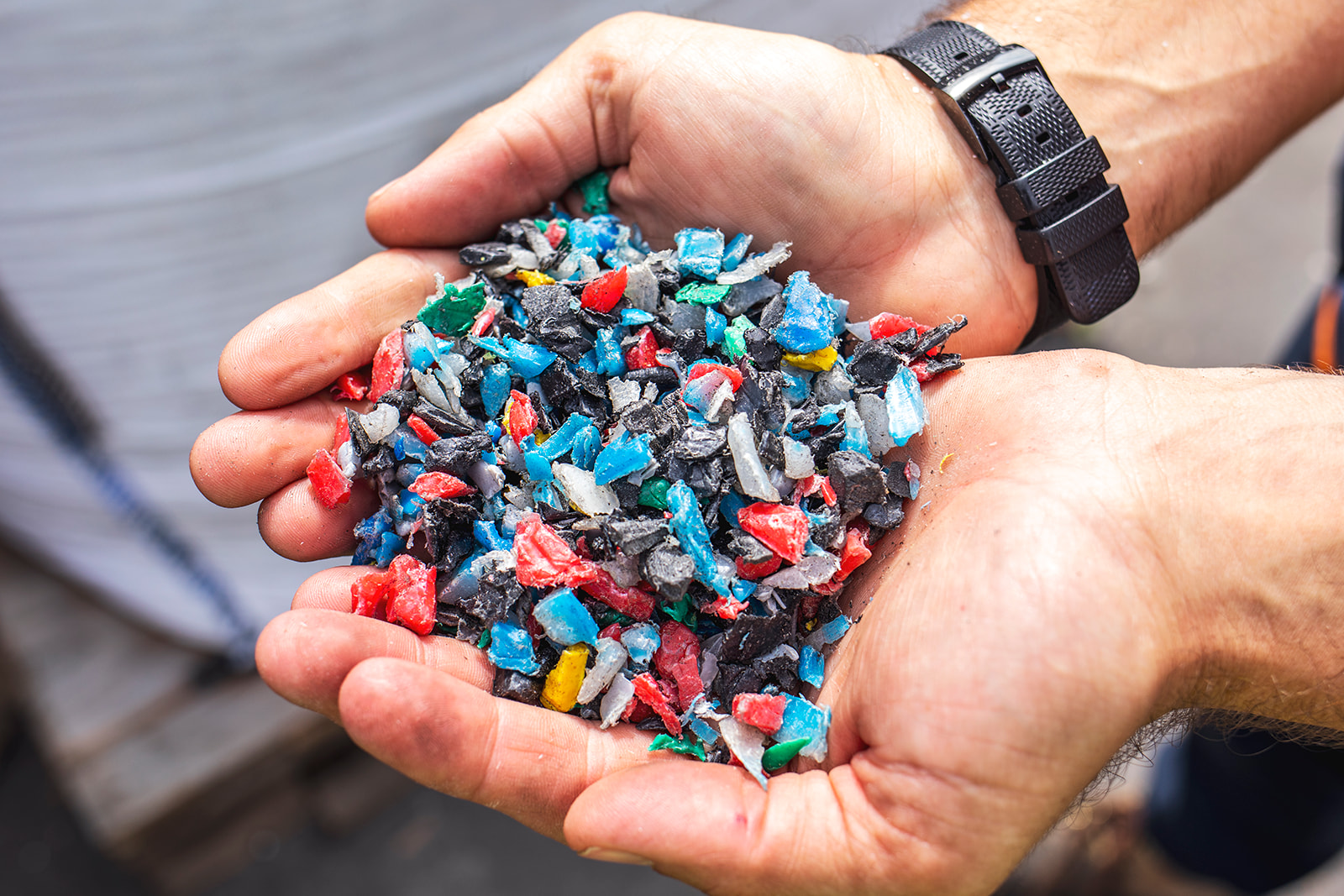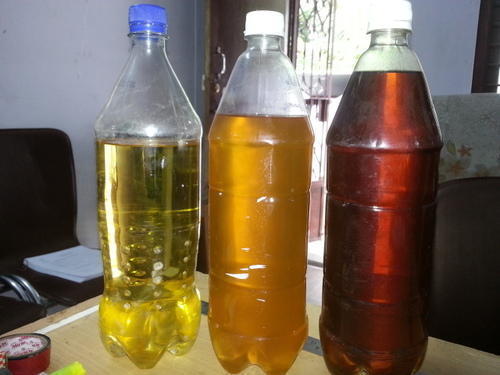Landfills have long been the default solution for waste disposal, resulting in significant environmental problems such as greenhouse gas emissions, soil and water contamination, and visual pollution. However, waste pyrolysis has emerged as a promising technology that offers a sustainable solution to these challenges. By converting various types of waste into valuable resources, waste pyrolysis not only reduces the burden on landfills but also promotes resource recovery. This post explores the concept of waste pyrolysis, its benefits, and its role in reducing landfill waste and promoting resource recovery.
Understanding Waste Pyrolysis
Waste pyrolysis is a thermal decomposition process that converts organic materials, such as tyre, plastics, and rubber, into useful products through the application of heat in the absence of oxygen. This controlled process breaks down complex molecules, transforming them into valuable outputs such as biofuels, syngas, and carbon black. The pyrolysis plant has key position in recycling waste.

Reducing Landfill Waste
One of the primary advantages of waste pyrolysis is its ability to significantly reduce the amount of waste sent to landfills. By diverting waste from traditional disposal methods, such as landfilling, waste pyrolysis minimizes the environmental impact associated with landfill operations. Landfills contribute to the emission of methane, a potent greenhouse gas, and the leaching of toxic substances into groundwater. Waste pyrolysis serves as an effective alternative, mitigating these negative environmental consequences.
Promoting Resource Recovery
Waste pyrolysis is a versatile process that enables the recovery of valuable resources from waste streams. It allows for the extraction of useful products that can be used as inputs in various industries. For example, plastic waste can be converted into pyrolysis oil, which serves as a feedstock in the production of transportation fuels and petrochemicals. Biomass waste can be transformed into biochar, a carbon-rich material that enhances soil fertility and carbon sequestration. Additionally, waste pyrolysis produces syngas, a mixture of hydrogen and carbon monoxide that can be further processed to generate heat and electricity. The continuous tyre pyrolysis plant can process large capacity.
Environmental Benefits of Waste Pyrolysis
Waste pyrolysis offers several environmental benefits. Firstly, it reduces greenhouse gas emissions by diverting organic waste from landfills, where it would decompose anaerobically and release methane. Methane is a potent greenhouse gas with a significantly higher global warming potential than carbon dioxide. Secondly, waste pyrolysis contributes to resource conservation by recovering valuable materials from waste streams. This reduces the reliance on virgin resources, such as fossil fuels, and promotes a more circular economy. Lastly, waste pyrolysis can help alleviate the pressure on ecosystems associated with the extraction of raw materials, as well as reduce the energy consumption required for their production.

Challenges and Future Outlook
While waste pyrolysis holds immense potential, there are challenges that need to be addressed for its widespread adoption. These include technological improvements to enhance process efficiency, regulatory frameworks to ensure safe and sustainable operations, and public awareness regarding the benefits of waste pyrolysis. Continued research and development efforts, coupled with supportive policies and investments, will contribute to overcoming these obstacles.
Continuous Waste Pyrolysis Systems: Enhancing Efficiency and Scalability
Continuous waste pyrolysis systems have gained attention for their ability to improve the efficiency and scalability of waste pyrolysis processes. Unlike batch systems that operate in cycles, continuous systems allow for a constant input of waste materials, resulting in higher throughput and reduced downtime. This continuous operation ensures a consistent output of valuable products while minimizing energy consumption and operational costs. View some cases here: https://bestonmachinery.com/pyrolysis-plant-in-china/.
The Role of Continuous Waste Pyrolysis in Waste-to-Energy Conversion
Continuous waste pyrolysis plays a crucial role in waste-to-energy conversion strategies. By continuously processing waste streams, it facilitates the generation of renewable energy sources such as syngas and biofuels. These energy-rich outputs can be utilized for power generation, heat production, or even as fuel for vehicles. Continuous waste pyrolysis systems contribute to the transition towards a more sustainable and decentralized energy infrastructure.
Maximizing Resource Recovery through Continuous Waste Pyrolysis
Continuous waste pyrolysis systems enable improved resource recovery from various waste streams. With their efficient and continuous operation, these systems can effectively extract valuable resources such as metals, oils, and gases present in the waste. This promotes circular economy principles by reintroducing these recovered resources back into the production cycle, reducing the dependence on virgin materials, and minimizing environmental impact.
Overcoming Challenges in Continuous Waste Pyrolysis Implementation
Implementing continuous waste pyrolysis systems comes with its own set of challenges. One challenge is ensuring a consistent feedstock quality to maintain optimal system performance. Contaminants and variations in waste composition can affect the pyrolysis process, leading to lower-quality outputs. Therefore, proper waste sorting and pre-treatment measures are essential to maximize the efficiency of continuous pyrolysis systems. Additionally, continuous systems require robust and durable equipment capable of withstanding the continuous operation and high temperatures involved in the pyrolysis process.
Continuous Waste Pyrolysis: A Sustainable Solution for Plastic Waste
Plastic waste poses a significant environmental challenge due to its persistence and limited recycling options. Continuous waste pyrolysis offers a sustainable solution by enabling the conversion of plastic waste into valuable products. Through continuous pyrolysis, plastics can be transformed into pyrolysis oil or syngas, which can then be used as feedstocks for the production of new plastics or other materials, reducing the demand for virgin resources and minimizing plastic pollution.
Advancements and Innovations in Continuous Waste Pyrolysis Technologies
Continuous waste pyrolysis technologies are continuously advancing, driven by research and development efforts. Innovations aim to enhance system efficiency, increase product quality, and expand the range of waste materials that can be effectively processed. Continuous pyrolysis systems are incorporating advanced process controls, improved heat transfer mechanisms, and optimized reactor designs to achieve better performance and higher conversion rates. Furthermore, integration with other technologies such as gasification and catalytic upgrading shows promise in further improving the overall efficiency and product output of continuous waste pyrolysis systems.
Economic Viability of Continuous Waste Pyrolysis Systems
The economic viability of pyrolysis reactor is a crucial aspect to consider for their widespread adoption. The continuous operation and increased throughput of these systems result in economies of scale, leading to lower production costs per unit of output. Additionally, the recovery of valuable resources from waste streams generates revenue streams, contributing to the financial sustainability of such projects. However, market factors, feedstock availability, and regulatory frameworks play vital roles in determining the economic feasibility of continuous waste pyrolysis systems.
Environmental Impact Assessment of Continuous Waste Pyrolysis
Assessing the environmental impact of continuous waste pyrolysis systems is essential to ensure their sustainability. Life cycle assessments can evaluate factors such as greenhouse gas emissions, energy consumption, and resource depletion associated with these systems. By identifying potential environmental hotspots, improvements can be made to minimize the overall environmental footprint of continuous waste pyrolysis processes.
Conclusion
Continuous waste pyrolysis systems offer significant advantages over traditional batch systems, enabling enhanced efficiency, scalability, and resource recovery. These systems play a crucial role in waste-to-energy conversion strategies, promoting a circular economy and reducing environmental impacts. While challenges exist, ongoing advancements and innovations are addressing these obstacles, making continuous waste pyrolysis an increasingly viable and sustainable solution. With proper planning, technological improvements, and supportive policies, continuous waste pyrolysis can contribute significantly to waste management efforts, promote resource efficiency, and advance the transition towards a more sustainable future.